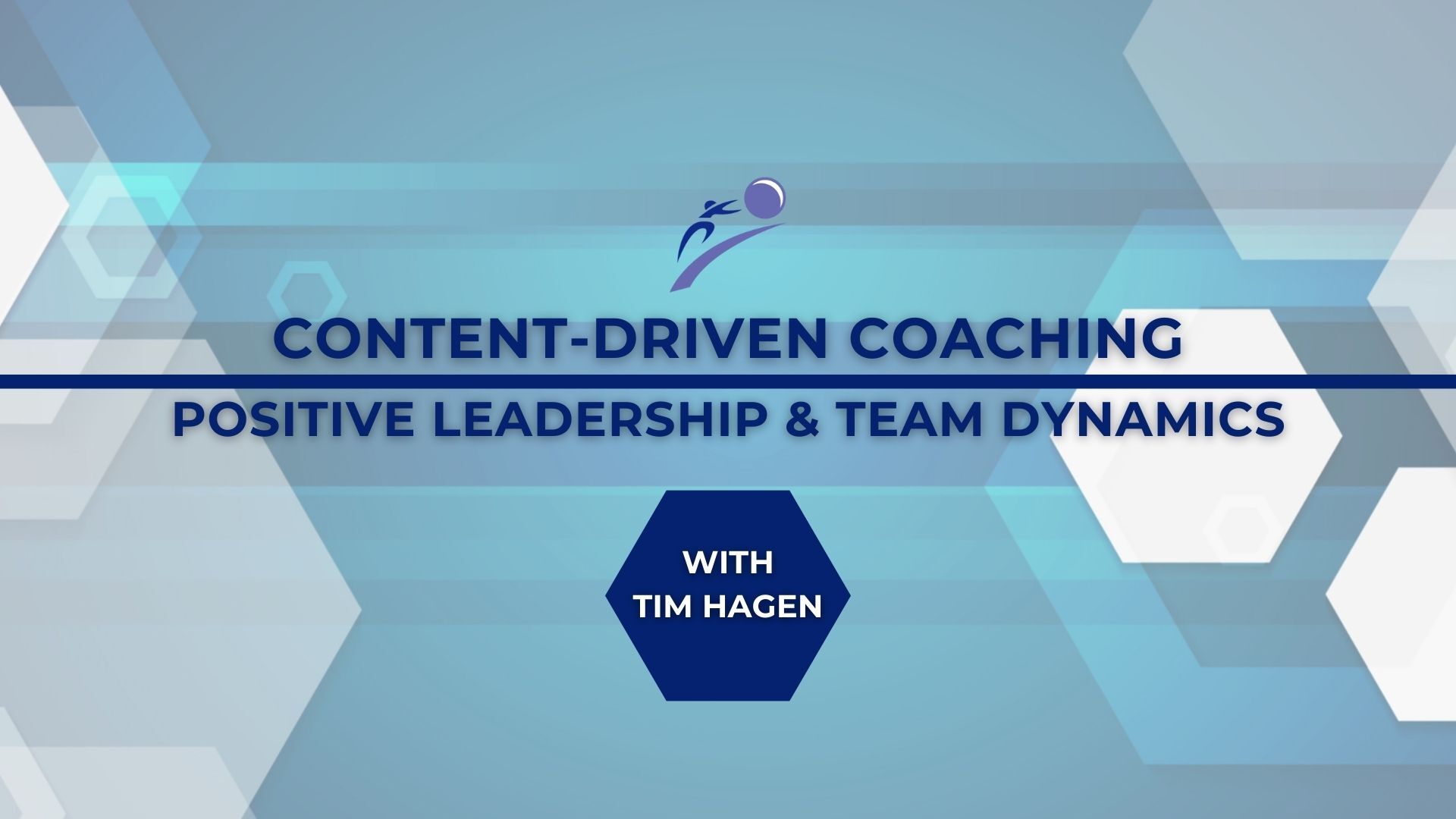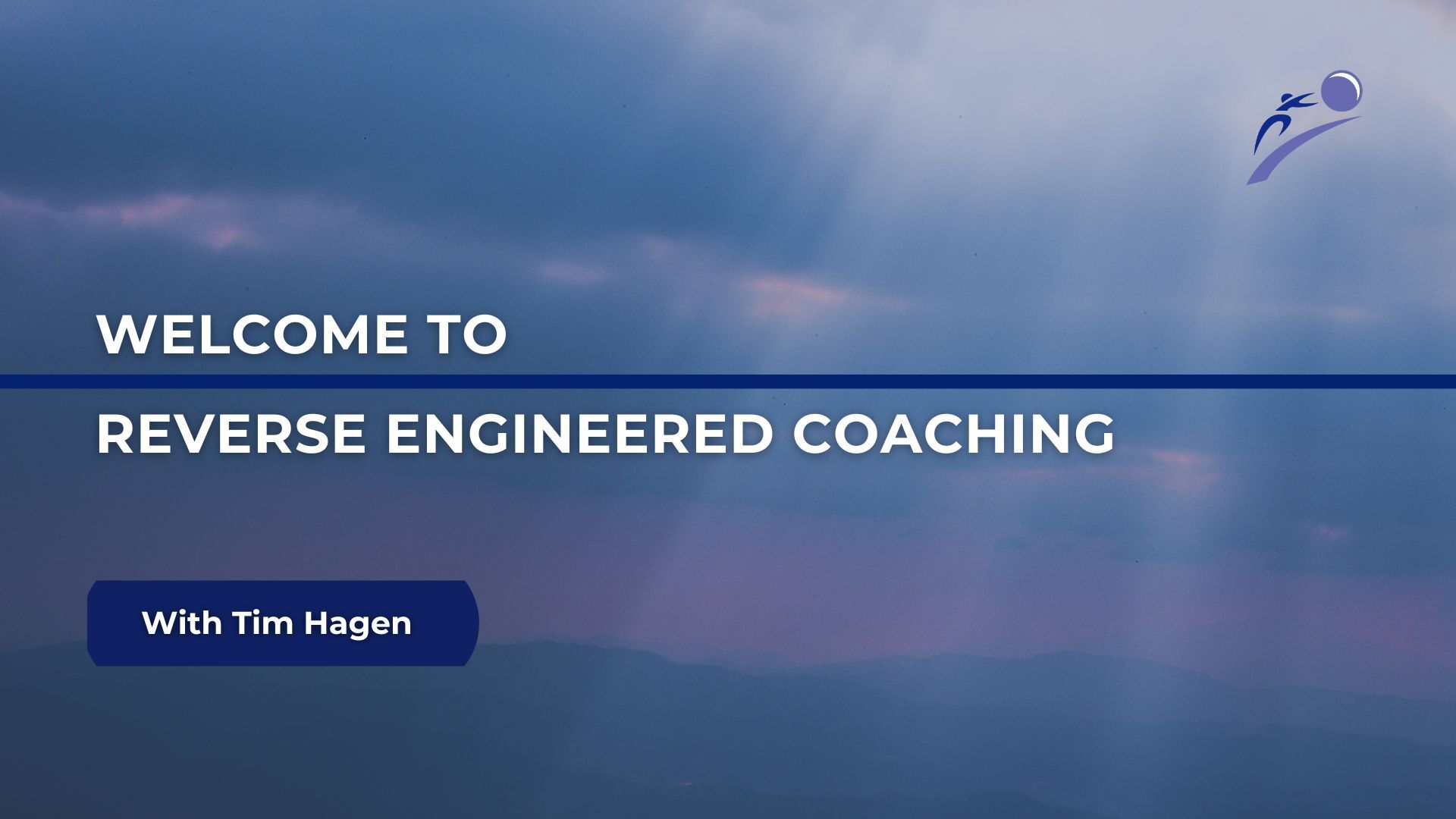Shaping Future Leaders: Leveraging Technology in Coaching
Unlock the power of technology-enhanced coaching, where we unveil how strategic digital "nudges" can shape a dominant personality into a team-oriented leader. Simple things with technology can hone the skills necessary for effective leadership, such as weekly motivational videos, reflective journaling, and the subtle art of positive reinforcement. Here's an unconventional roadmap to nurturing leadership qualities, even in the most assertive individuals.
We illustrate a compelling case study, showcasing the journey of a high-D personality type (from the DISC assessment) through the lens of tailored coaching methods. Our innovative approach to behavioral transformation inspires change by aligning personal ambitions with team success. Learn how we intertwine coaching, technology, and personal development together in an effective coaching synergy. Enhance your leadership skills, foster growth in your team, and create a positive coaching culture in your organization.
I'm often asked the question, "How do you use technology with coaching?"
We have to go back to the core objective of putting things in people's minds, delivering information, content, video, thoughts, quotes, whatever it is, to facilitate the choice to change in the direction they want.
Let's use the example of somebody who wants to become a future leader. For illustrative purposes, let's say they're a high-D in the DISC assessment model: they're dominant, they talk over people, and they're aggressive and assertive. These are good attributes in some cases, and certainly sometimes countering attributes. If this person is going to be considered for a future leadership position or promotion, they really need to develop better relationships as a good teammate with their present team so they can be viewed as a viable candidate for leadership. That can be very daunting because you're asking a D (with a behavioral tendency to be dominant) to pull back a little bit.
One thing we did with someone who shared these traits was to send them weekly videos on great teamwork. We also had her journal every week on observations of people on the team who were really good teammates. She noted things they specifically did that made them good teammates. We were training her eyes with this exercise. We were training her to be conditioned to acknowledge the good things on the team. To think positively.
Then, we had a leader who would only praise her. He would actively praise her for the things she did well and the contributions she made that people valued, etc. The first month of all these activities, she hated it. She was angry and said all of this was dumb because they had nothing to do with work.
Think about that statement. "This has nothing to do with work."
Getting along with your teammates has nothing to do with work?
What she saw wasn't wrong and what she wanted wasn't wrong. Yet her behavior countered what she wanted. The leader would ask her things like, "When you saw Bob do XYZ, did you praise him publicly?" She'd say no. Then he continued, "What if you become Bob's boss someday and you did praise him? Would he reject or accept your leadership more?"
At around weeks 5 through 8, she started answering these questions with conditional tones. For example, "He'd probably be more receptive, maybe not entirely."
We continued with sending her a positive video every week, and with each video she had to write down her interpretation of what she saw. In the first four weeks, her responses were very jaded.
Weeks 5 through 8, she started to come around. All of a sudden, at around week 10, we could see the acceleration. She was laughing with her teammates. We never told her to do that. We saw her getting along better with her teammates.
We used coaching automation. Every week, we would send a video and she would journal. Then she would have to journal observations of other people. Once every two weeks, the leader would call her in one-on-one and say he wanted her to meet with one person on the team and, in the spirit of her becoming a great leader, he wanted her to find out what their goals were, where this person wanted to take their career. When she knew that information, she was going to be in a better position as a first-time leader to build collaboration and cooperation. I promise you, as a leader, you're going to need that skill. So, we tied the teamwork action to this person becoming a leader.
By week 10 and beyond, things started to accelerate. Here's the lesson she learned:
- We fueled her mind positively.
- We prompted her, through reflection, journaling, and observation to see the good things.
- Then we had her engage with people and tied it to her motivator, her goal of becoming a future leader. That's the WIIFT - What's In It For Them?
Over time the person started to accelerate their change. Does she still exhibit some negative tendencies? Of course. But when you combining all of these things, change will start to happen. You have to be strategic. Be in alignment.
The objective of coaching is to gain perspective and to give people a choice to change and improve. Coaching doesn't mean fixing things. It's not always about bad things. This will help you. If you combine it with AI, you combine it with reflection, good leadership, coaching, and coaching automation, you can accelerate talent development.
Want to boost your coaching and leadership game? We're offering a FREE COURSE to help leaders enhance their coaching abilities with
Lead with Impact: 6 Steps to Building a High-Performance Coaching Culture in Your Organization
This is a 7-day course with video lessons sent to your email throughout the week. You can watch the recorded lessons on your own time at your own pace.
Discover:
-
The best attributes of coaching
-
An efficient framework for coaching
-
The crucial tiers of learning
-
The 3 levels of change
-
The power of questions
-
and more!
Access the free course here: https://upvir.al/156009/lp156009





